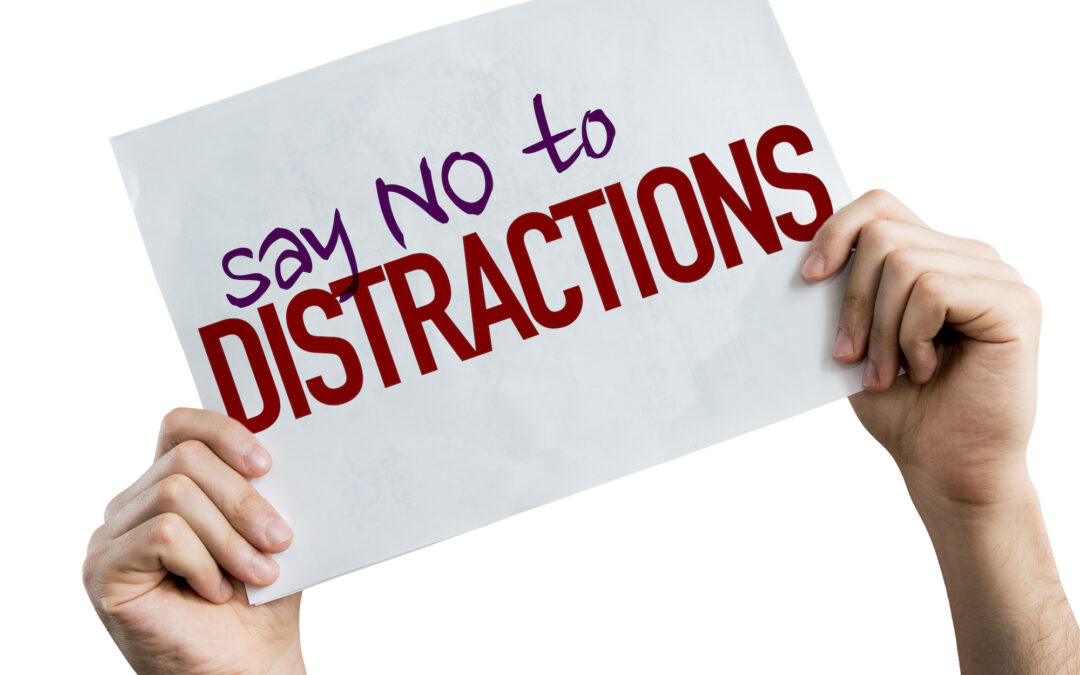Phones ringing, noise from tools and machinery, co-workers talking, loud music blasting, dogs barking, and uncomfortable work environments; all are distractions that we encounter throughout the day. Some workplace distractions are unavoidable, but others, if not regulated, can contribute to workplace stress, cause lost productivity, and may result in work-related injuries.
Discussion Points:
• How do distractions affect safety?
• Is a distraction a hazard?
• What distracts you from doing your best?
• How do you handle distractions in the workplace?
• What are some examples of distractions?
Discussion:
Statistics reveal that distracted employees have 49% more accidents and 60% more errors and defects in their work. Distractions in the workplace can affect productivity and pose a significant safety risk. When people are distracted, they are not paying attention and fail to see hazards, which can lead to injury; many workplace injuries and fatalities are caused by distractions. Managing risks for workplace distractions improves safety and productivity. A risk reduction requires analysis, discussion, diagnosis, and proactive planning. Employers should conduct walk-throughs and assessments to detect potential hazards, discuss issues with employees,
identify warnings and implement methods to reduce distractions. Not all distractions are workplace-related; employees may be distracted by personal matters, such as finances, family, health issues, inappropriate clothes, long hair, or a bad start to the day.
Complacency is another aspect of distraction. Whether you’ve completed a task for the first time or the hundredth, the more comfortable the task, the easier it is for the worker to lose focus. Supervisors should vary tasks, so workers do not repeat the same tasks for long periods. Many companies implement a workplace wellness program encouraging employees to take routine breaks or short walks to strengthen retention, improve health, and reduce workplace distractions. Employers should schedule breaks for employees to take throughout the day. Employees should take short breaks from work to reset their minds and refocus on their job
tasks. A recent study shows that “micro-breaks” reduce fatigue, increase job satisfaction, improve productivity, and decrease the risk of distractions and injury.
As always, be safe out there!


Recent Comments